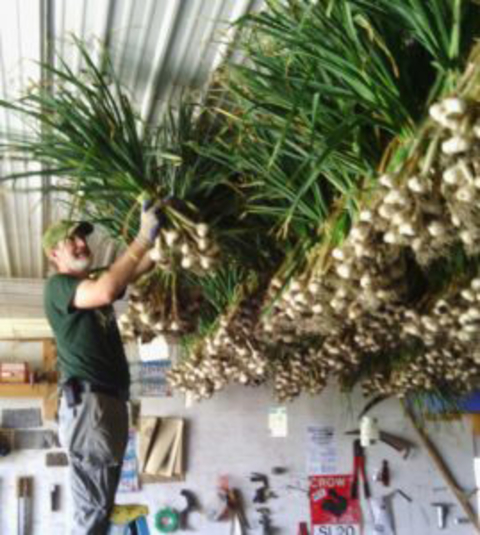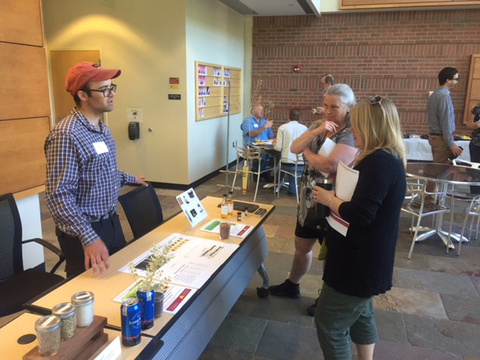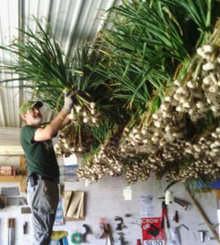About our supply chain work
We connect and support collaborations among small- and medium-sized farmers, businesses, entrepreneurs, processors, and other food and agricultural system partners.
The University of Minnesota Extension Regional Sustainable Development Partnerships (RSDP) is committed to building relationships that move University of Minnesota agricultural innovation from lab to farm to table. Our supply chain work:
-
Focuses on crops and systems intended to provide diversity on the landscape; protect our soil, water and air; spur innovation and generate economic opportunity.
-
Connects University of Minnesota researchers with community experts and innovators in Greater Minnesota.
-
Facilitates University interdepartmental and cross-departmental collaborations to tackle research opportunities from a systems-based perspective.
Project examples
2016-18, Draeger, Carlson
This project draws on cross-disciplinary University of Minnesota expertise to build networks between researchers, farmers, culinary professionals, food entrepreneurs, and food and agricultural businesses interested in growing, testing and piloting University-developed and improved specialty crops.
Additional Resources:
The "Garlic Project" is a collaboration between the RSDP and the Sustainable Farming Association, supported by the Minnesota Department of Agriculture's Specialty Crop Block Grant. This project enhanced existing producers' and new farmers' profitability by increasing their capacity to grow and sell premium garlic in Minnesota. Producers received training in the best production practices, cultivation methods, and marketing practices. Project researchers conducted surveys and interviews with garlic growers, aggregators, chefs, and food manufacturers to learn about and share information on best practices for garlic growers as they look to access new markets. Project partners also developed an online garlic directory that garlic growers can access to market their products and make online sales.
Dates: 2020 - 22
Researchers: Ford, Schweser, Pesch




